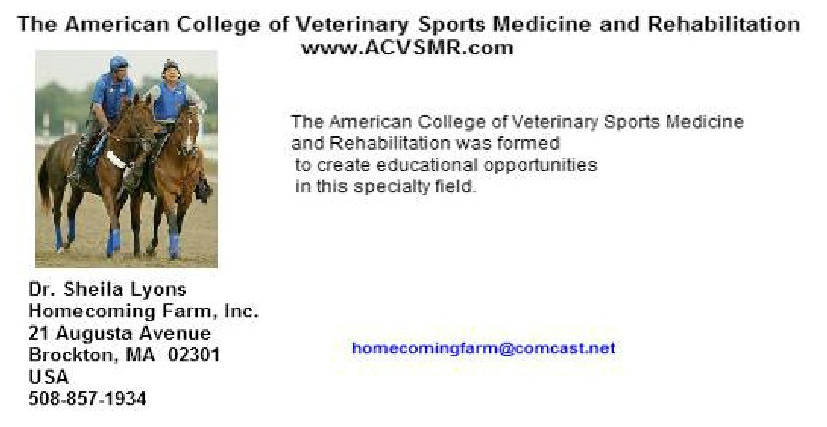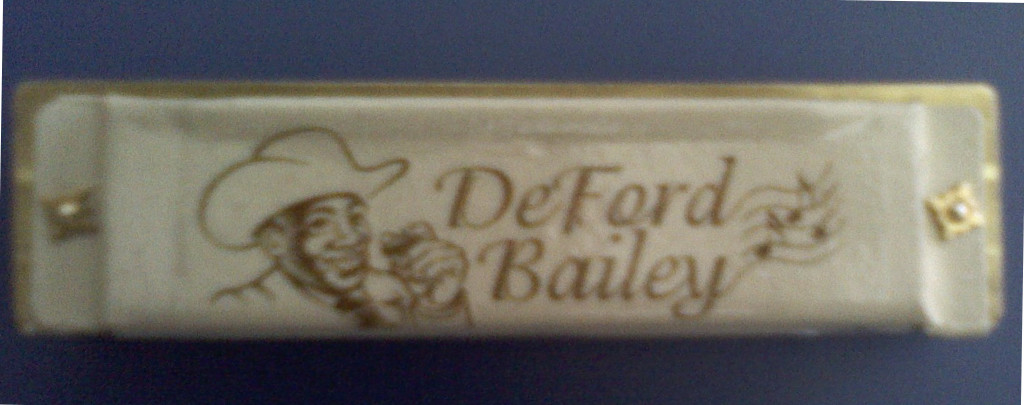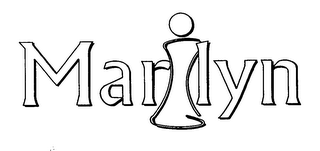Trademark ownership isn’t susceptible to an easy rubric. In The American College of Veterinary Sports Medicine and Rehabilitation v. Lyons, it might have appeared to the registrant, Lyons, that the facts were in her favor based on traditional elements considered when deciding ownership. But, looking at the big picture, the TTAB found otherwise.
In 1999 Dr. Robert Gillette and defendant Sheila Lyons discussed at a conference the prospect of a board certification for treating athletic animals. Between 1999 and 2002 he, Lyons and four other veterinarians were on an organizing committee to form a specialty that would be sanctioned by the American Veterinary Medical Association (AVMA). By 2002 they were using the name “American College of Veterinary Sports Medicine and Rehabilitation” as the name of the intended specialty organization. They continued to work on the organization after Lyons, for reasons the Board said had no bearing on the case, was dismissed from the committee in July 2004. About a year later, in May 2005, Lyons filed an application to register THE AMERICAN COLLEGE OF VETERINARY SPORTS MEDICINE AND REHABILITATION. When it was refused registration on the basis of geographic descriptiveness, she amended he application to allege first use in December, 1995 and first use in commerce in June, 1996, both dates before her first conversation with Dr. Gillette. The trademark was registered.

Meanwhile the work of the committee continued, and the AVMA recognized the American College of Veterinary Sports Medicine and Rehabilitation provisionally in June 2011. It certified the first veterinarian in 2012. Now, over 115 veterinarians have been certified and there are 13 active residency programs.
There is another application and a district court proceeding you can read about in more detail in the opinion, but this opinion is solely about who owns the trademark “American College of Veterinary Sports Medicine and Rehabilitation.” The TTAB describes the law to be applied to ownership disputes, noting that the same standards apply to registrations on the Supplemental Register also:
In cases such as this, where an individual and a corporation have a prior relationship, the issue of whether the individual or the corporate entity is the owner of the mark must be determined on a case by case basis dependent on the particular facts adduced in each case.
In making this determination, we are guided by the fundamental purposes of trademark law, which are to secure to the user of a mark the good will it has developed in the public mind, and to secure to the public the ability both to identify and distinguish the user’s goods or services from those of others, and to hold the user responsible for the consistency and quality of those goods or services.
Consistent with these underlying purposes, the main factors determining ownership of a mark are the parties’ intentions or expectations (as objectively evidenced), who the public associates with the mark, and to whom the public looks to stand behind the quality of goods or services offered under that mark. Even though these sources vary in their expression and enumeration of elements to consider, they have these main factors in common: “All three interests—contractual expectation, responsibility for the quality of the goods and services, and consumer perception should play a role in deciding who owns a mark.” P. Chestek, “Who Owns the Mark? A Single Framework for Resolving Trademark Ownership Disputes” 96 Trademark Reporter 681, 701 (May-June 2006).
[Internal citations and quotation marks omitted – except one, of course.]
The Board cited extensive evidence that Lyons’ work was all directed towards creating a Board certification through the AVMA, not towards using the mark independently. The only real wrinkle for the petitioner was that Lyons had proposed an “American College of Veterinary Sports Medicine and Rehabilitation” in 1995, before the specialty group was ever formed. But in the document where she proposed the specialty she spoke about it in the future tense, “will go forward,” “will be modeled after,” “a main research center will be established and satellite facilities will follow ….” The Board concluded
This is not use in commerce. “A service must be a real activity. A mere idea or concept, e.g., an idea for an accounting organizational format or a recipe for a baked item, is not a service.” TMEP § 1301.01(a)(i). The same holds true for early preparations to use a mark. Even if Respondent made some early use of the mark between its conception and her contact with Dr. Gillette in 1999, that alone does not suffice to establish ownership. “In a dispute over priority of use for a mark requiring secondary meaning, mere priority of use (as for technical trademarks) is insufficient. It is the party who first achieved trademark significance in the mark through secondary meaning who is the senior user of such a mark.”
There was no secondary meaning in this early use, so no mark.* Lyons had also never mentioned to the rest of the committee that she had this early use nor had any of them heard of it; instead they thought they originated the name. Thus, “between 1999 and 2004, Respondent’s actions, undertaken in concert with the rest of the organizing committee, inured to the benefit of Petitioner. From that point forward, Petitioner’s use of the mark resulted in acquired distinctiveness of the mark in Petitioner.”
Finally, consumers identified the petitioner with the mark, not Lyons. All organization going by “American College of Veterinary …” are affiliated with AVMA and Lyons had no students enrolled in educational services or a certification program.
Lyons may have thought that her clear first use of the term was a slam-dunk on ownership but it wasn’t. There may have been other ways to get to this same outcome – abandonment or fraud, perhaps. It was less than perfect facts for non-ownership but I believe the most principled rationale for the result. Lyons didn’t own the mark; she hadn’t used it herself, allowed the committee to adopt it without mentioning she thought it was hers, and only complainied about it when she was no longer associated with the group. Indeed trademark doesn’t work that way.
American College of Veterinary Sports Medicine and Rehabilitation v. Lyons, Cancellation No. 92053934 (TTAB, March 17, 2016).
*The district court proceeding also held that another application by Lyons should not register because the mark was not distinctive.

This work is licensed under a Creative Commons Attribution-NoDerivatives 4.0 International License.





